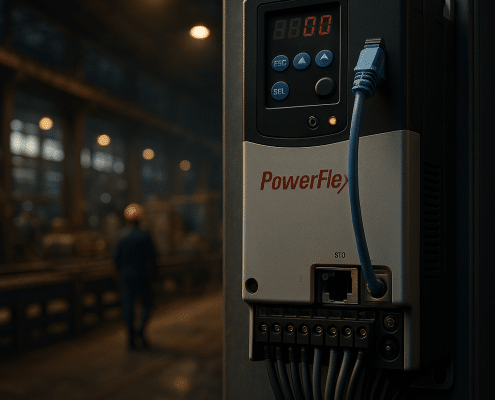
Allen Bradley Power Flex 525 — Specs, Setup, And Best Uses
Allen Bradley Power Flex 525 is a compact, network-ready AC drive that delivers efficient, safe motor control without complicating commissioning. It combines sensorless vector control, optional closed-loop feedback, dual PID, and Safe Torque Off to handle both variable‑torque and constant‑torque loads. Because the drive ships with embedded EtherNet/IP and a USB‑powered, “MainsFree” configuration mode, teams can stage spares and deploy quickly.

Allen Bradley Frequency Drive: Technical Guide & Alternatives
Boost efficiency and reliability with the latest Allen-Bradley frequency drive research. Our deep dive explores PowerFlex features, common pitfalls, and best practices for commissioning and maintenance. You’ll also see how ABB, Yaskawa, Eaton, Lenze, and Hitachi compare in performance and cost of ownership. Whether you’re retrofitting pumps, conveyors, or high-inertia loads, this guide shows how the right drive choice saves energy, improves uptime, and simplifies integration.
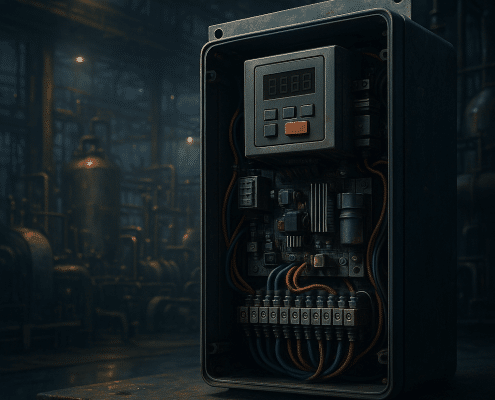
AC Motor Speed Controller: Complete Engineering Guide
Upgrade your motor systems with precision. An AC motor speed controller (VFD) transforms fixed AC into controlled frequency and voltage, ensuring motors run only as fast as the job requires. This not only reduces energy waste by up to 50% in fan and pump systems but also extends equipment life, improves process control, and enhances safety compliance. From ABB’s advanced Direct Torque Control to Yaskawa’s legendary reliability, modern drives deliver measurable savings and reliability gains. Discover how to specify, install, and optimize your next drive project with Precision Electric’s comprehensive guide.
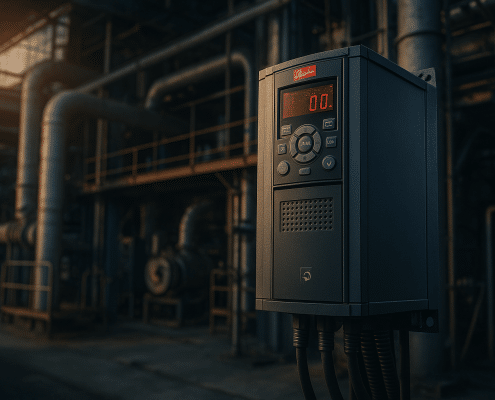
Danfoss Frequency Drive: Features, Standards & Use Cases
Discover how a Danfoss frequency drive transforms energy efficiency and reliability across industries. From HVAC systems to water treatment plants, these drives deliver precise motor control, significant cost savings, and compliance with global standards. Learn why Danfoss is a leader in variable frequency technology and how you can future-proof your operations with their innovative solutions.
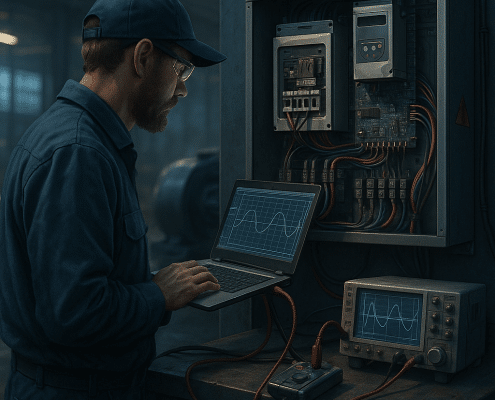
VFD Repairing Guide: Diagnose, Fix and Prevent Drive Failures
Extend the life of your Variable Frequency Drives and reduce downtime with proven repair and maintenance strategies. Our comprehensive guide covers root-cause diagnostics, step-by-step repair procedures, preventive maintenance schedules, and when to repair versus replace—all aligned with IEC 61800-5-1 and IEEE 519 standards. Learn how to troubleshoot efficiently, use OEM-approved parts, and improve reliability across your operations.

ABB VFD – Complete Guide, Specs & Best Practices
Unlock serious energy savings and bullet-proof motor control with ABB’s latest VFD technology. Our deep-dive guide covers DTC precision, harmonic mitigation, and real-world case studies that slash pump energy use by 30 % or more. Whether you’re upgrading HVAC drives or megawatt conveyors, see why ABB remains the benchmark for reliability—and how to choose the perfect model for your next project.

PowerFlex 525 Replacement Guide: Cost‑Saving VFD Alternatives
Tired of long lead‑times and premium pricing on Allen‑Bradley’s PowerFlex 525? Our newest white paper benchmarks four proven replacements—Invertek Optidrive P2, Lenze i550, Hitachi SJ‑P1 and ABB ACS580—that drop straight into existing panels, boost safety features and trim capital cost by up to 40 percent. See spec‑by‑spec comparisons, real‑world savings examples and expert installation tips. Download your copy now and keep critical projects on schedule with Precision Electric’s engineering support.
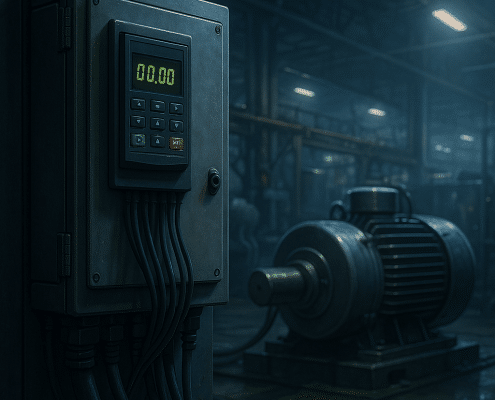
Freq Drive Fundamentals: Benefits, Standards & Best‑Fit Products
Precision Electric’s latest deep‑dive shows how a frequency drive trims motor energy use by up to 50 %, slashes inrush current, and extends equipment life. Discover real‑world ROI data, IEEE 519 compliance tips, and brand‑by‑brand hardware comparisons—all distilled into actionable checklists you can deploy this quarter.

VFD Variable Frequency Drive – Ultimate Industrial Guide & Product Picks
A single vfd variable frequency drive can slash motor power by up to 50 %—often paying for itself in under two years. In our latest guide, you’ll learn how ABB, Yaskawa and Lenze drives cut demand peaks, prevent water-hammer, and feed live diagnostics straight to your PLC. We’ve packed the article with case studies, sizing tips and must-have accessories.
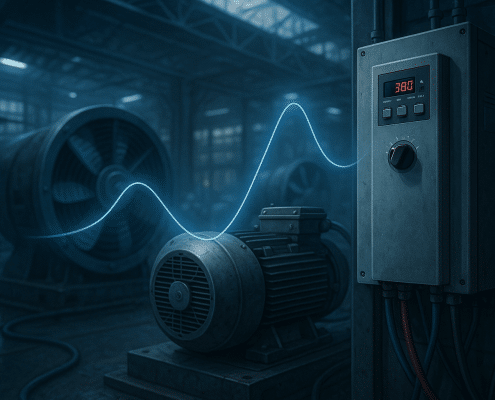
VFD Guide: Industrial Efficiency, Specs & Best Products
Precision Electric’s latest guide reveals how a modern variable frequency drive slashes fan and pump energy by up to half, smooths start‑ups, and extends equipment life. Compare leading models from ABB, Yaskawa, Eaton and Lenze, see real‑world payback data, and download the full technical PDF. Ready to stop running motors wide‑open? Read the article and discover instant savings.
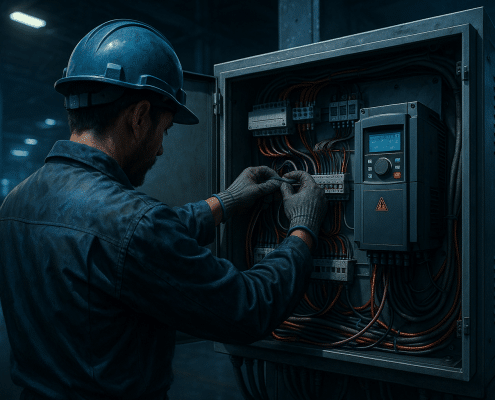
Siemens VFD Selection, Alternatives & Repair Guide
Keep your plant running—and your energy costs down—with our latest guide to Siemens VFDs. Discover how SINAMICS drives eliminate common failure points, compare quick-ship alternatives from ABB, Yaskawa, Eaton, and others, and learn Precision Electric’s proven spare-stocking and repair strategies that slash downtime. Read the full article and download the in-depth research PDF today.
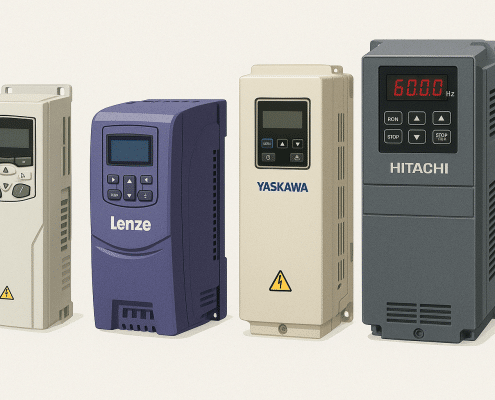
VFD Control: Benefits, Best Practices, and Top Drives
Most industrial and commercial facilities rely on electric motors that spin at a constant line frequency. However, loads rarely need full‑speed operation all the time. Through VFD control, engineers can match motor speed to real‑time demand…





